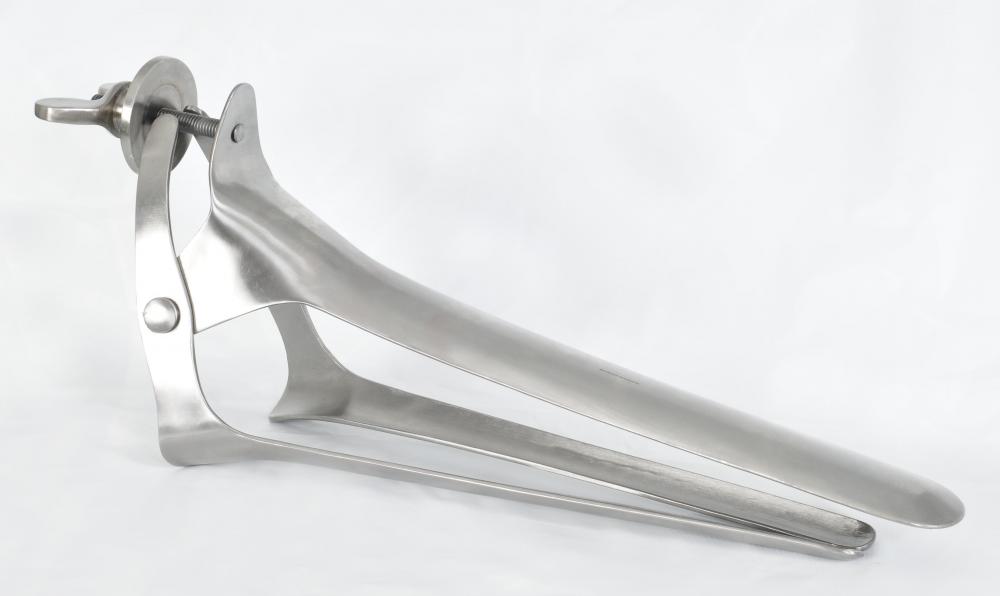At TheHealthBoard, we're committed to delivering accurate, trustworthy information. Our expert-authored content is rigorously fact-checked and sourced from credible authorities. Discover how we uphold the highest standards in providing you with reliable knowledge.
What Is Endometrial Curettage?
A doctor might suspect endometrial cancer if a thickening of the uterine lining is discovered during an ultrasound test, which is regularly advised for a woman complaining of unusual menstrual bleeding and cramps. Since this is not a foolproof method of diagnosing cancer or gauging the overall health of the womb, an endometrial curettage (EMC) will give doctors a confirming sample of the woman's endometrium — the mucus-producing tissue that lines the fist-sized uterus where a fetus develops. The procedure is performed by dilating the cervix and collecting the sample with one of a few types of vacuum-like devices. This can confirm the presence of cancer as well as rule out other uterine conditions that might need further observation or treatment.
The procedure for an endometrial curettage is largely the same across the medical profession, an outpatient procedure that typically requires no anesthesia. After a woman's legs are in stirrups and a speculum is inserted in her vagina, the doctor dilates her cervix and collects the sample of tissue. The tool used to collect the sample may differ.

A common collection instrument is a pipette, often the commercial brand Pipelle®. This is inserted into the uterus and gently spun, collecting small pieces of tissue from throughout the uterus in a small suction hole on the side of the probe. A lesser-employed method in 2011 uses a curette with a syringe to aid in cutting off a small amount of tissue that is then vacuumed away by the tube. Minor pain has been noted with either approach, more so the curette.

A more pain-free endometrial curettage tool is called TruTest®. This involves a brush that collects tissue from the uterine lining without the need for suction. In 2011, this is widely considered the least invasive way to performing a biopsy or fertility examination of the uterus.
Women in a few stages of life may have to undergo an endometrial curettage test. In some cases, a doctor may be trying to diagnose the cause of a woman's apparent infertility. Other times, the test is used to biopsy potentially cancerous tissue to determine its malignancy. These issues often arise after a bout of unusual bleeding. This might involve post-menopausal menstruation, excessive flow during menstruation, or regular spotting between cycles.

Different diagnostic tests are used to collect tissue samples when cancer is suspected. Colonoscopies and mammograms are other common examinations used to find and treat cancerous growths. Often, ultrasound equipment is used to determine if any suspected growths have formed. For women with endometrial cancer, this may show in ultrasound tests as a thickening of the uterine wall.
AS FEATURED ON:
AS FEATURED ON:


















Discuss this Article
Post your comments